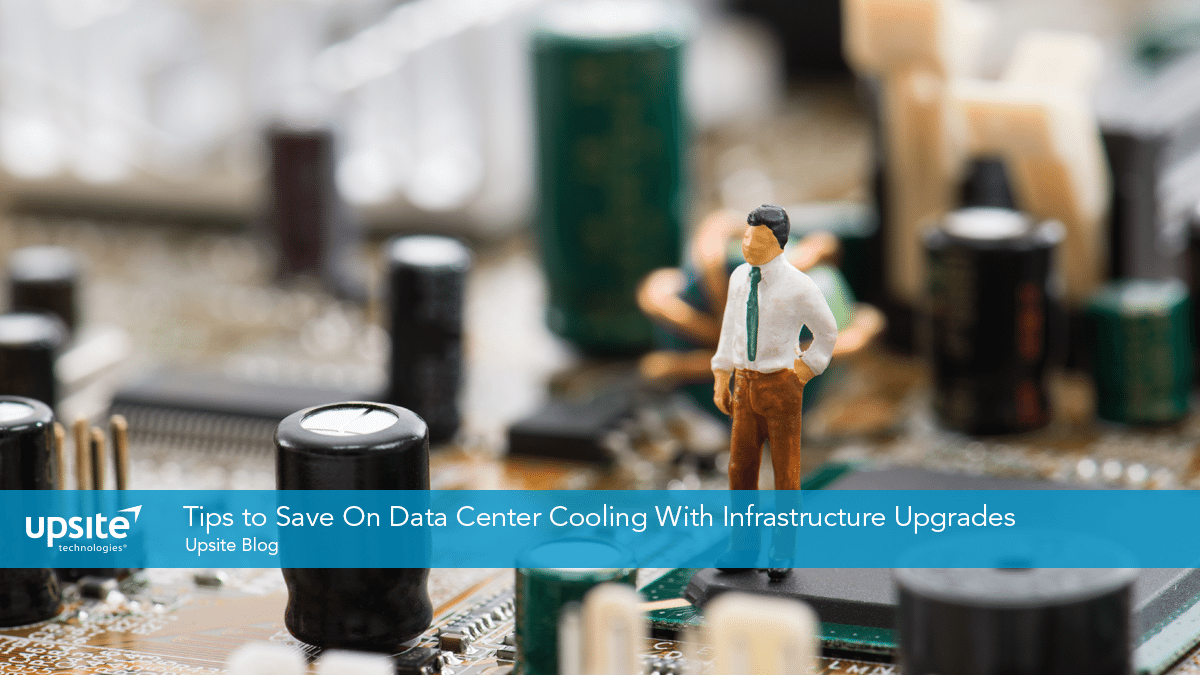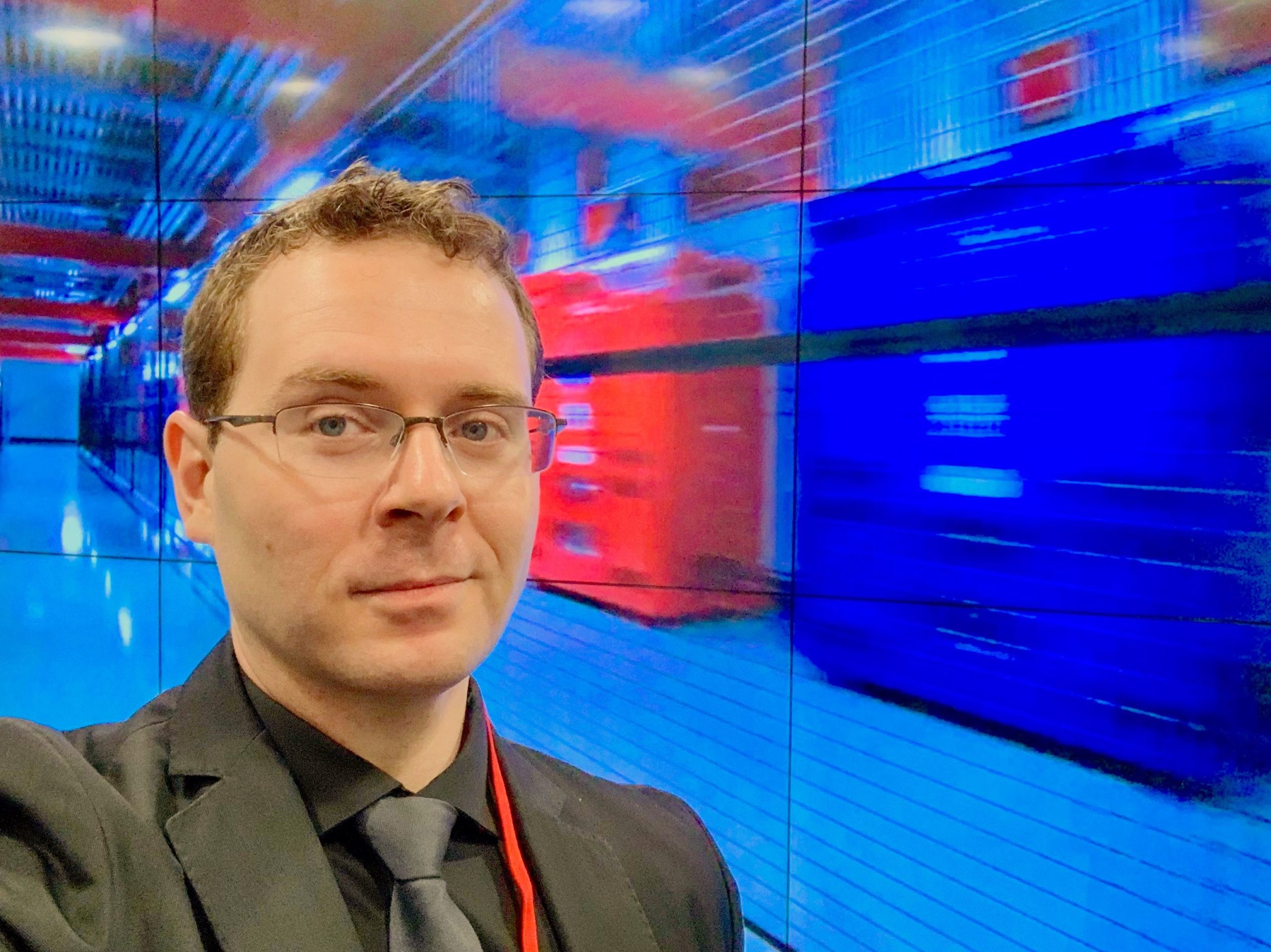Tips to Save On Data Center Cooling With Infrastructure Upgrades10 min read

I’m a big fan when it comes to finding ways to save on data center cooling costs while still improving efficiency. Over the past few weeks, we’ve discussed a variety of ways you can save on cooling costs. This includes virtualization as well as working with ASHRAE set temperature points. Today, we’ll talk about a new topic… Legacy Gear.
Gartner estimates that ongoing power costs are increasing at least 10% per year due to cost per kilowatt-hour (kwh) increases and underlying demand, especially for high power density servers. Approximately 10% of data center operating expenditure (OPEX) is power, and power is likely to be about 15% of data center OPEX within five years.
The power usage effectiveness (PUE) metric has become a de facto industry standard for measuring how efficiently a data center uses energy. However, according to Henrique Cecci, research director at Gartner, although the PUE metric focuses on the data center energy efficiency of the facilities’ components, it does not provide insights into energy efficiency improvements at the IT equipment level.
“In most cases, improving IT equipment power usage can result in the greatest overall improvement in power usage efficiency,” said Mr. Cecci. And, getting rid of legacy gear is a great way to make this happen.
So, with that in mind – consider the following.
It’s time to get rid of that old server.
Much easier said than done. I’ve been working with a number of organizations that are challenged with a legacy ecosystem that’s holding them back. However, it’s not necessarily the server’s fault in these situations. The roots of this challenge are often found in the nature of the applications: they are complex, loosely coupled, often homegrown and date back decades. Adding to the complexity are the extensions that have been built into these applications over the years as a consequence of evolving business needs, mergers and acquisitions, new product introductions and geographical expansion.
All too often we hear that legacy modernization projects don’t meet the initial budget, time or scope expectations. It’s crucial that we recognize that true application modernization is not simply wrapping a legacy application in a virtual machine instance or placing it in a container. Rather, it’s an all-encompassing process for overall data center modernization. Here’s the reality – you can’t keep operating this way. There will come a time when you’ll have to modernize the app and the architecture on which it sits. This means working with good technologies that can help you make that transition. However, the longer you wait, the harder it’ll be to move.
Look to convergence to help you with efficiency and modernization.
To overcome some of these applications and legacy data center challenges, companies have been looking at new types of infrastructure components to help. Modern converged infrastructure (CI) systems are pre-validated environments deployed as building blocks into a data center. This means no more guessing or spending more than required on data center solutions. Furthermore, there is a direct reduction of risk in deployed in validated designs. Today’s CI architectures allow organizations to size their workloads around specific validated converged infrastructure deployments.
For example, you can size around big data, virtualization, VDI, databases, and even disaster recovery. Here’s the great part – you can get some amazing data center benefits as well. All-flash systems produce less heat and take up less space. Furthermore, converged infrastructure designs are specifically aimed at simplifying the data center while increasing productivity.
These types of solutions are great ways to remove legacy gear and optimize your entire data center.
Sometimes you just can’t throw it all out.
The idea isn’t just to rip out an older piece of your infrastructure. You must plan around this type of migration and actually identify the pain points of your legacy IT systems. In many cases, new IT components are deployed in parallel to legacy IT to ensure the transition is least disruptive and most beneficial to IT users and your business. In some cases, you might need to integrate some legacy IT into a next-gen platform, at least for a short time. This can be done via management tools, cloud integration, and virtualization. Most of all – this does not have to be a difficult process. In fact, the entire process can be empowering for all associates, IT leaders, and business stakeholders. By integrating and evolving from legacy IT, you learn more about your organization and the capabilities you require to support an emerging market.
Aging data centers that “just keep working” aren’t necessarily bringing value to the business. It’s never easy to upgrade entire data center platforms to meet market demands, but it absolutely needs to happen. However, as I stated in my last point – you don’t have to rip out and replace everything. Oftentimes, integrating new types of systems in parallel with legacy components is the best way to go. Furthermore, you’re not just upgrading a server or two – you’re also enabling much greater levels of data center efficiency. All of this translates to power and cooling savings; and improvements in overall data center performance.
Take the time to analyze your ecosystem and understand where you can deploy new types of architectures. Most of all, work with good technologies and partners who can help you make the legacy data center transition much easier.

Bill Kleyman
Industry Analyst | Board Advisory Member | Writer/Blogger/Speaker | Contributing Editor | Executive | Millennial
Bill Kleyman is an award-winning data center, cloud, and digital infrastructure leader. He was ranked globally by an Onalytica Study as one of the leading executives in cloud computing and data security. He has spent more than 15 years specializing in the cybersecurity, virtualization, cloud, and data center industry. As an award-winning technologist, his most recent efforts with the Infrastructure Masons were recognized when he received the 2020 IM100 Award and the 2021 iMasons Education Champion Award for his work with numerous HBCUs and for helping diversify the digital infrastructure talent pool.
As an industry analyst, speaker, and author, Bill helps the digital infrastructure teams develop new ways to impact data center design, cloud architecture, security models (both physical and software), and how to work with new and emerging technologies.
Airflow Management Awareness Month
Free Informative webinars every Tuesday in June.
0 Comments